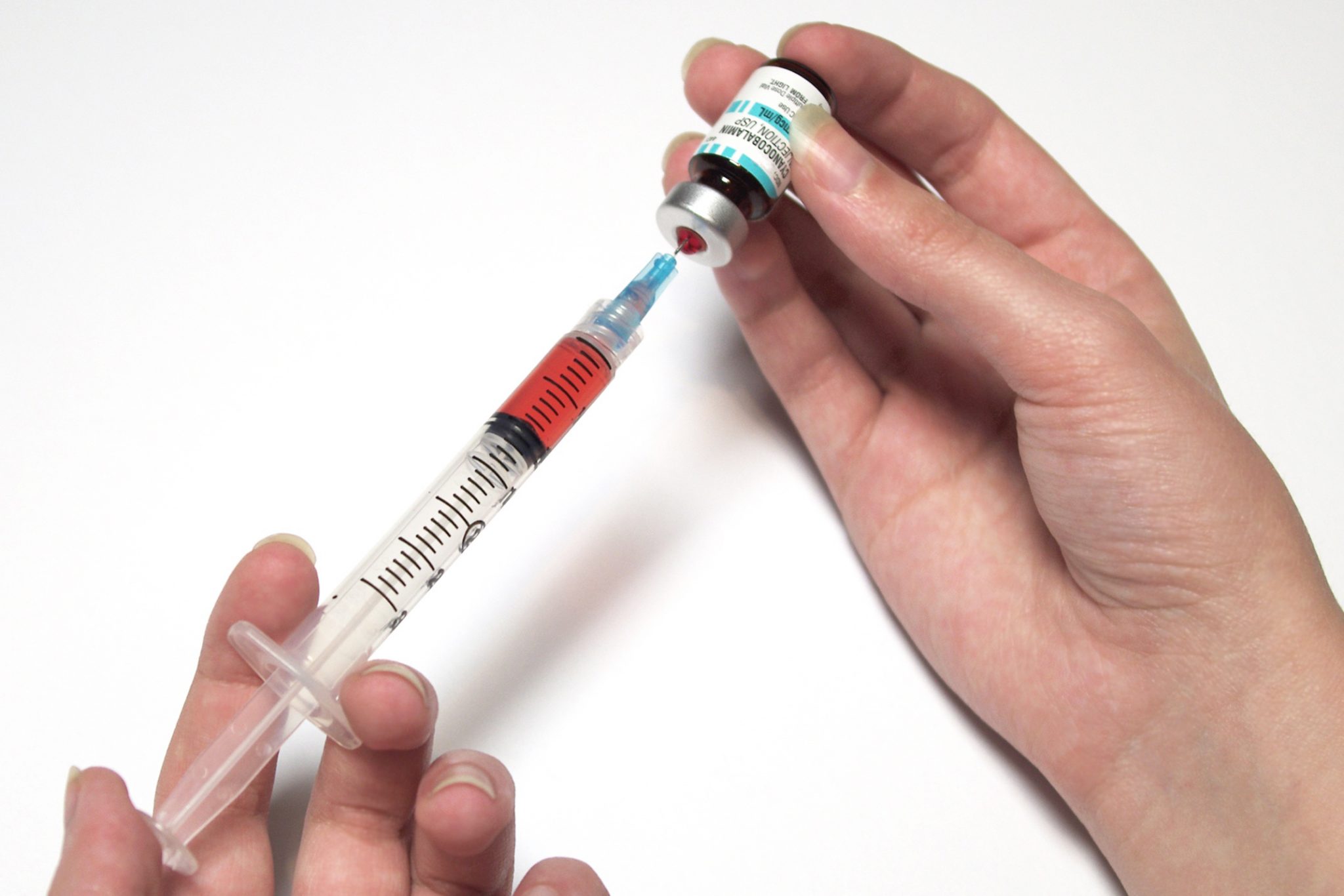Is Trump’s plan to end HIV medically sound?


During his State of the Union address, President Trump announced his plan to end HIV/AIDS in America, but his budget does not provide an adequate amount to reduce the rate of infection by 2030.
With a request of $291 million, Trump plans to cut down the rate of new infections by 90 per cent, while other administrations in the past were striving for 40 per cent, making his plan the most ambitious one yet.
America was first introduced to the AIDS/HIV virus in 1981, when young gay men were reportedly becoming infected with rare types of cancer as well as pneumonia.
Only at the end of that year was there seen to be a correlation between injection drug users and the infection as well.
In 1990, it was stated that 8 to 10 million people were estimated to be infected worldwide, making HIV/AIDS the fourth largest cause of death.
As of right now, AIDS has no cure, only a medication that will slow down or suppress the disease from moving through the body faster.
This is a tremendous step forward from the 80’s where the disease was automatically seen as a death sentence.
Although there are many people living in America with this infection, there is still a huge stigma around it, one that calls for people to be educated on the disease as well as time to combat the bad thoughts associated with it.
In a recent opinion piece published on Feb. 7 in the Journal of the American Medical Association (JAMA), federal health leaders had brought forth a statement that describe the four areas of the new HIV plan.
These include diagnosing all individuals as quickly as possible, treating the infection rapidly to achieve suppression and prevent at-risk individuals from contracting the infection using pre-exposure prophylaxis (PrEP), as well as detecting and responding to HIV hotspots to decrease new infections.
This plan will be focusing on 48 counties around America that are hotspots, where more than 50 per cent of all new diagnoses occur.
If there needs to be testing done, why are there budget cuts to places in which these tests can happen? If the medication cost so much money, why is there a budget cut to Medicare?
Although many HIV experts acknowledge that Trump’s plan is medically sound, there are other issues impacting his plan, including finding all Americans who have or are at risk of contracting AIDS and putting each of these individuals on antiretroviral drugs.
The cost of completing his plan is unsettling as 1.1 million Americans are currently infected while 1 million are at risk.
The cost of funding and treatment could add another $25 billion onto the $20 billion that is spent on HIV treatment by the federal government each year.
Ultimately, drugs are costly and private insurers will not cover the cost alone.
Trump’s budget is requesting to give the Ryan White program another $120 million within the next year, but his budget is also cutting government programs like Medicare by $2 trillion over the next decade.
An analysis done by experts at Massachusetts General Hospital in 2017 concluded that to reduce new infections it would cost a total of $120 billon over two decades and the new infections would only drop by 40 per cent in that time.
Trump’s plan is to cut infections by 90 per cent within the next decade and he plans to do this by protecting the uninfected by using PrEP. Comparatively, the Obama administrations plan was to use condoms to stop the spread.
But a typical treatment plan could cost up to $50,000 a year, and Truvada, the pill approved for HIV prevention, is $20,000 a year. Considering these prices and the 2.1 million people that the Trump plan wishes to cover, the cost would be $75 billion a year.
As of right now this plan seems as though it is something to be celebrated, but when taking a step back and looking historically at everything this administration has done, it is clear to see that this plan might not be successful.
The administration is targeting people in communities that are most at risk for contracting HIV, including those in the LGBTQ+ community, immigrants, African Americans and the list continues. As well as cutting funding to planned parenthood, the administration seems to be taking one step forward while simultaneously taking twelve steps back.
If one plans to work to ultimately eliminate an infection all together, all aspects need to be thought of, not just careless cutting and spending.
If there needs to be testing done, why are there budget cuts to places in which these tests can happen? If the medication cost so much money, why is there a budget cut to Medicare?
It’ll be interesting in the coming weeks to see how Trump’s plan unfolds and exactly what gets done regarding this epidemic.
This plan could be one that either brings Trump closer to the communities affected, or just pushes him further away.


